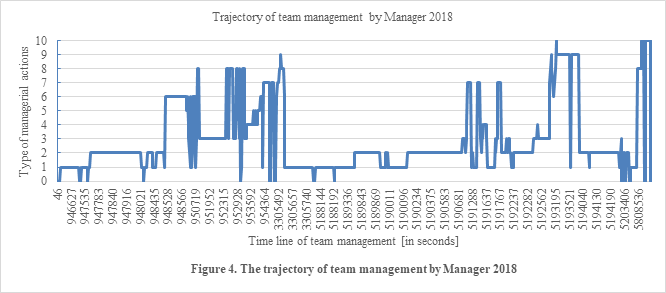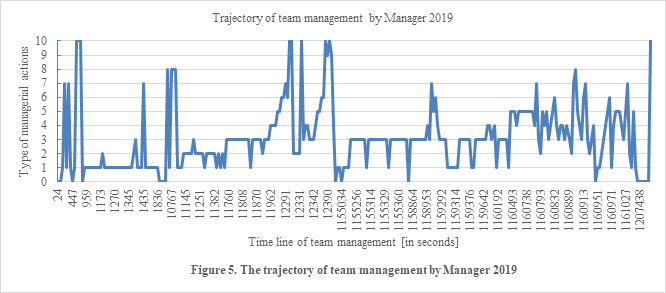Today’s post is a continuation of a previous post on the results of a study of managerial behavior that I conducted even before the Covid pandemic and published as part of the 2020 IEDRC KUALA LUMPUR CONFERENCE. Earlier, I wrote about why there have been no advances in management science for more than a century – everything is still going on as it was in Frederick Taylor’s time, although he is trying to introduce new management methods that are a bit faster and more flexible. However, automatic managers are not only unseen, but few scientists want to hear about them!
And yet, using a methodology for studying the reality that is the arrangement of organizational sizes, we can meet the most important condition for building an artificial manager – finding out what the manager is doing.
In a paper for the 2020 IEDRC KUALA LUMPUR CONFERENCE, I presented a record of managerial activity of 3 people from 3 different studies from previous years. Below I briefly describe these studies and present a histogram of their work. For clarification, the activities from 1 to 10 shown in the charts are: (1) setting goals, (2) describing tasks, (3) generating ideas, (4) clarifying ideas, (5) creating options, (6) selecting options, (7) checking motivation, (8) resolving conflicts, (9) preparing meetings, and (10) clarifying problems.
In 2017, 41 management students at the University of Economics in Katowice participated in the survey. They were divided into teams of 5-6 people in the Human Resource Management course. In each team, a team manager was identified who led the team during the experiment. The task of the observed teams was to prepare a training project containing three training programs on three different subjects for administrative employees of the University of Economics in Katowice. The team’s work was to result in a pdf file containing a description of the training project [9]. Figure 1 shows the work of one of these team managers.

Figure 1. The work of a manager 1
In 2018, business students from a university in Helsinki took part in an experiment. They were divided into seven teams, each consisting of five members and a manager. The teams were given the task of preparing a training program for teachers at this university. The expected result of the participants’ work was a report, which had to include two parts: the training program and the teamwork processes [8]. Figure 2 shows the work of one of these team managers.

Figure 2. The work of a manager 2
In 2019, students of Human Resource Management at the Faculty of Psychology at the University of Silesia in Katowice took part in the experiment. They were tasked with carrying out a given project from idea to final presentation, which concerned organizational solutions at Polish universities aimed at developing the scientific output of academic staff. The students worked in teams of 4-5 people, each with a manager. Figure 3 shows the work of one of these team managers.

Figure 3. The work of a manager 3
As you can see in the figures above, using the system of organizational terms, we can measure how a manager works, specifically all the time parameters of the various activities. We can also – as I will show in other type – measure the parameters of these activities in terms of their content.
Read more about this in the article:
Flak, O., System of Organizational Terms as a Theoretical Foundation for Team Management Automation

